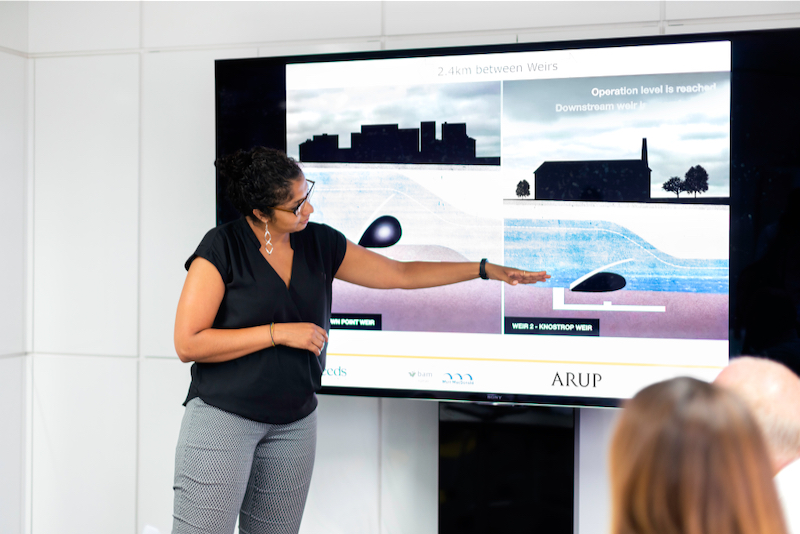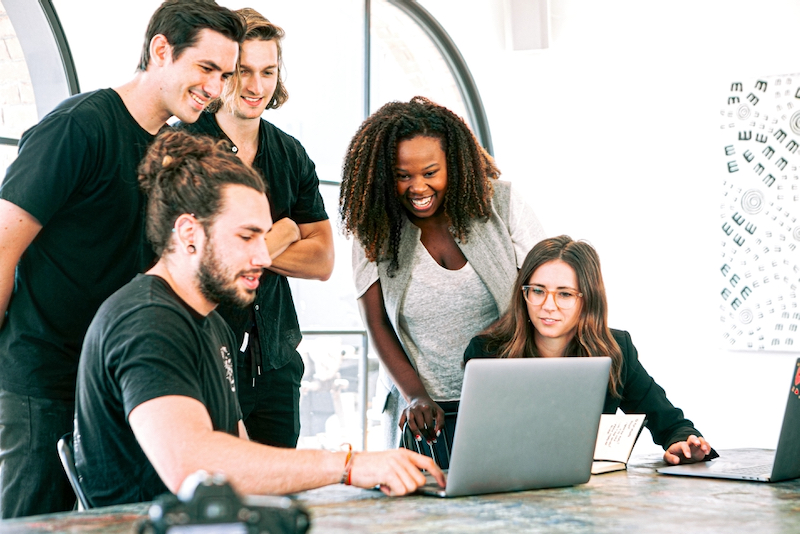Instruments (EN)
⚒⚒ | $ | ⏲⏲⏲ | The “diversity hackathon” is a compressed version of the Design Sprint. The one-day workshop aims to develop innovative solutions to increase inclusion regarding various diversity aspects using creative techniques and human-centered design. Participants are sensitized to diversity aspects and are given the opportunity to expand their networks.
⚒ | $ | ⏲ | The ideas board serves as an open forum for recording spontaneous ideas, making suggestions for change, and initiating constructive dialogue. Employees who tend to hold back in meetings due to time constraints or uncertainty have an additional opportunity to provide input and express their opinions freely. As a result, this variety will eventually lead to entirely new innovation plans and programs.
⚒⚒⚒ | $$ | ⏲⏲⏲ | An internal ideas competition can increase employee engagement and lead to innovative solutions to problems of all kinds, provided that a wide range of diversity groups is reached and the competition is communicated in a motivating way. Following up on the most promising ideas after the competition and putting them into action is crucial to achieving a sustainable positive effect.
⚒ | $ | ⏲ | Henri Lipmanowicz and Keith McCandless use the term “liberating structures” to summarize 33 “microstructures” that enable a high degree of participation in innovation processes. These focus on active collaboration in teams and organizations. Liberating structures helps managers and staff in the field of research & development to create an inclusive and creative working environment.
⚒⚒ | $ | ⏲⏲⏲ | An in-house “project marketplace” combines the flexibility and autonomy of job-gigging platforms with the advantages of permanent employment relationships. The internal competition for the most exciting projects motivates employees to develop themselves, increasing their work engagement and satisfaction continuously.
⚒⚒ | $$ | ⏲⏲ | Many group activities, such as professionally led outdoor training or an “escape room”, involve tricky tasks that require shared coordination, skill, cooperation, and creative thinking. Such activities often get all team members to contribute with their strengths and usually benefit from their diversity.
⚒⚒ | $ | ⏲⏲ | A thinktank on diversity in innovation drives change processes from within the organization. Integrating diversity and innovation into existing processes and workflows, the organization has a sustainable and forward-looking way of learning (“triple-loop learning”) and promotes an inclusive and innovative corporate culture. Moreover, the thinktank increases the visibility of different diversity groups in the company.







